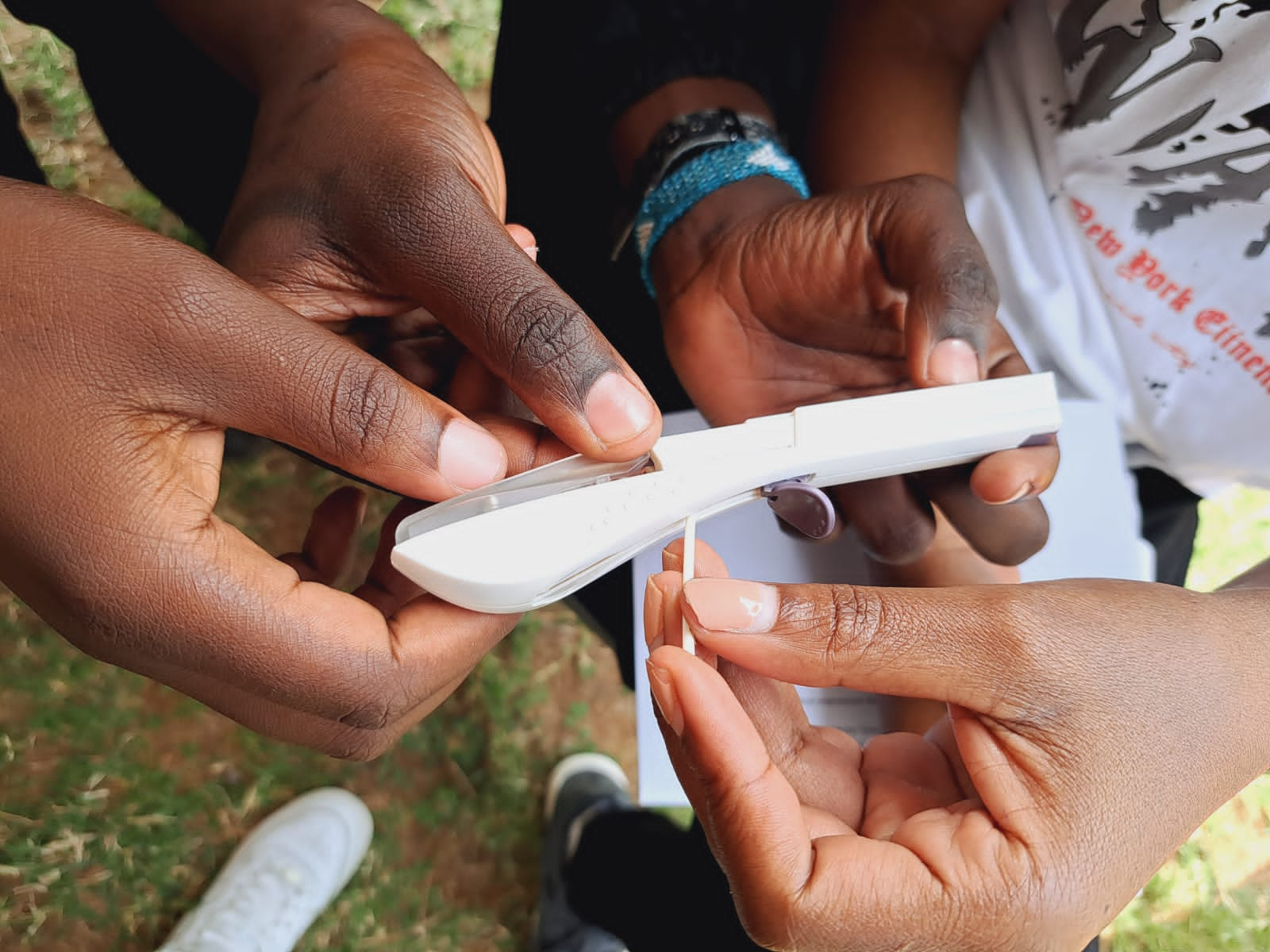EMPOWERING LBQT PERSONS: NAVIGATING CONTRACEPTIVE USAGE WITH CONFIDENCE
In today’s world, discussions surrounding reproductive health and contraceptive usage have become more inclusive, acknowledging the diverse needs of individuals, including lesbian, bisexual, queer, and transgender (LBQT) persons. While contraceptive methods have historically been associated primarily with heterosexual relationships, it is crucial to recognize and address the unique considerations and experiences of LBQT persons in relation to contraception. By exploring this topic, we aim to empower LBQT persons with knowledge and provide insights into contraceptive options that cater to their specific needs.
- Understanding the Unique Needs of LBQT Persons:
- Diverse Relationships and Intimacy: LBQT persons engage in various relationships, including same-sex partnerships, polyamorous dynamics, and non-traditional family structures. These relationships often require contraception methods that cater to their individual circumstances, such as barrier methods, hormonal contraception, or intrauterine devices (IUDs).
- Fertility and Family Planning: LBQT persons who desire to start a family may require different avenues for conception, such as assisted reproductive technologies (ART) or sperm donation. Understanding the options available and seeking professional guidance can assist LBQT persons in making informed decisions about their reproductive journeys.
- Contraceptive Options for LBQT Persons:
- Barrier Methods: Barrier methods, such as dental dams and female condoms, offer protection against sexually transmitted infections (STIs) and can be used during sexual activities between women. These methods ensure a higher level of safety while being inclusive of same-sex partnerships.
- Hormonal Contraception: Oral contraceptives, patches, or injections are commonly used by women in heterosexual relationships. However, LBQT persons may also benefit from hormonal contraception to regulate menstrual cycles, manage hormonal imbalances, or alleviate symptoms related to endometriosis or polycystic ovary syndrome (PCOS).
- Intrauterine Devices (IUDs): IUDs provide a long-term contraceptive option that does not depend on sexual activity or fertility intentions. This form of contraception is suitable for LBQT persons who may not engage in penetrative sexual intercourse or are uncertain about their future fertility plans.
- Individualized Options: Discussing contraception with a healthcare professional who understands the specific needs and concerns of LBQT persons is crucial. They can provide guidance on personalized options, such as tailored hormone regimens or alternative contraceptive methods that align with individual circumstances.
- Overcoming Challenges and Seeking Support:
- Stigma and Misinformation: LBQT persons may encounter social stigmatization or a lack of understanding regarding their contraceptive choices. Engaging in open conversations, accessing reliable resources, and seeking support from LBQT-friendly healthcare providers can help overcome these challenges.
- Healthcare Access and Affordability: Access to affordable healthcare and contraceptive services are a fundamental aspect of reproductive autonomy. LBQT persons should be aware of their rights, seek LGBTQ+ affirming healthcare providers, and explore resources that can assist with financial constraints or insurance coverage.
- Mental Health Considerations: Navigating contraceptive choices can also impact LBQT persons’ mental and emotional well-being. It is important to address any concerns or anxieties by seeking mental health support, connecting with LGBTQ+ community networks, or participating in support groups.
Contraceptive usage is an essential aspect of reproductive health for LBQT persons. By recognizing their unique needs, understanding available options, and overcoming challenges, LBQT persons can confidently make informed decisions about contraception. Empowering LBQT persons through knowledge, inclusive healthcare, and community support is key to ensuring their reproductive autonomy and overall well-being. Let us continue advocating for inclusive sexual and reproductive health policies that address the diverse needs of all individuals, regardless of their sexual orientation or gender identity.




